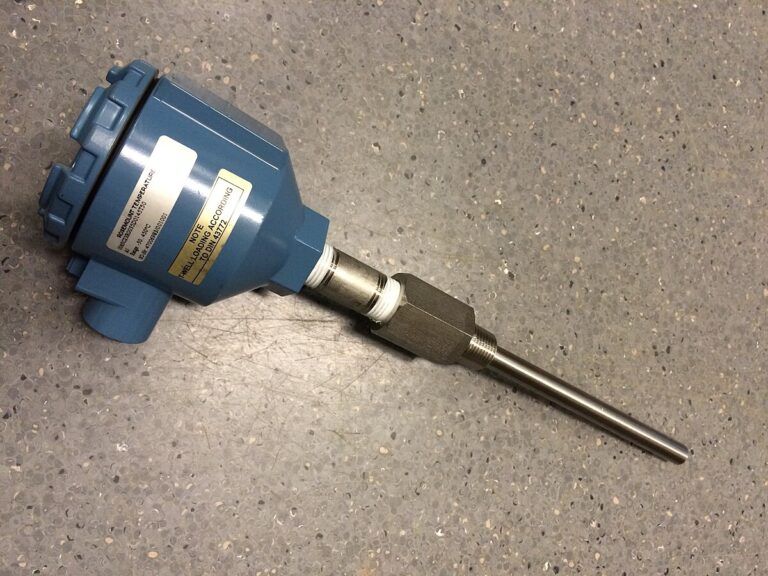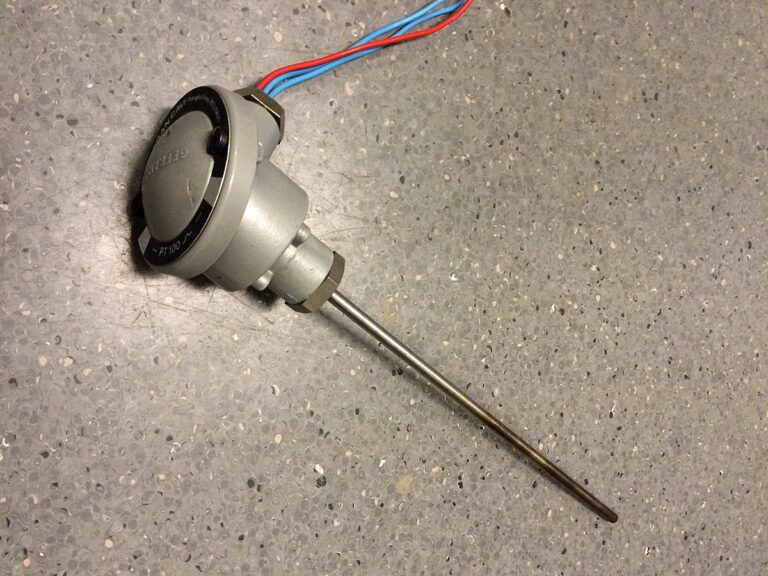1. Introduction to temperature transmitters
A temperature transmitter is an instrument that converts temperature variables into a transmittable standardized output signal. It is mainly used for measuring and controlling temperature parameters in industrial processes. During use, temperature transmitters may have various faults. The following is an introduction to common faults and solutions.

2. Common troubleshooting methods for temperature transmitters
1. Unstable output signal
1. Check the power supply: Ensure that the transmitter power supply is stable and the voltage is within the normal range.
2. Check the sensor: Check whether the sensor is working properly and whether it is damaged or loose.
3. Check the line: Check whether the line connecting the transmitter and the sensor is in good contact and whether there is a short circuit or open circuit.
4. Check the environment: Avoid installing the transmitter in an environment with strong electromagnetic interference, vibration or drastic temperature changes.

2. Abnormal output signal
1. Check the sensor: Confirm whether the temperature measured by the sensor is consistent with the actual temperature. If there is a deviation, the sensor may need to be recalibrated.
2. Check the range setting: Check whether the range setting of the transmitter is correct and ensure that it matches the measurement range of the sensor.
3. Check the filter setting: According to actual needs, adjust the filter parameters of the transmitter appropriately to reduce the impact of interference on the output signal.
4. Check the output circuit: Check whether the output circuit of the transmitter is normal and whether there is any damage or short circuit.
3. Temperature transmitter fault display
1. Check the display screen: Make sure the display screen is clearly visible, without damage or black screen.
2. Check the fault code: According to the transmitter’s operating manual, find the corresponding fault code to determine the cause of the fault.
3. Check the connection line: Check whether the line connecting the transmitter and the display is normal, and whether there is any looseness or disconnection.
4. Check the communication interface: If the transmitter supports communication function, check whether the communication interface is normal and whether the communication parameters are set correctly.

3. Other troubleshooting methods for temperature transmitters
1. Casing damage: If the transmitter casing is damaged, it needs to be replaced in time to protect the internal circuit from damage.
2. Waterproof and dustproof issues: Ensure that the transmitter is installed in a suitable position and has good waterproof and dustproof performance to avoid failures caused by water or dust ingress.
3. Regular calibration: To ensure measurement accuracy, it is recommended to calibrate the temperature transmitter regularly. You can choose a suitable calibration cycle based on actual usage.
4. Do a good job of daily maintenance of the equipment: Clean and inspect regularly to ensure the normal operation of the equipment. At the same time, take protective measures for the equipment to avoid equipment damage caused by human factors.
In short, for common faults of temperature transmitters, they should be analyzed and handled according to the specific situation. When handling faults, ensure safety and follow relevant operating procedures.
If you cannot solve the fault yourself, you should contact professional technicians in time for repair or replacement of equipment.
